The Conservation Alliance for Seafood Solutions released today updated guidelines for fisheries that want to improve their environmental performance so they can sell to customers seeking more sustainable seafood options. The guidelines define the types of fishery improvement projects, or FIPs, members of the Conservation Alliance will consider recommending to their business partners for participation or seafood sourcing.
The Conservation Alliance also announced the development of a new website that will be a one-stop shop for information about FIPs that meet basic minimum requirements. The Conservation Alliance FIP tracking website will be a comprehensive, public online database that makes information about fishery improvement projects accessible to conservation groups, suppliers, and retailers so that they can publicly track FIP progress and make informed sourcing decisions.
“The Conservation Alliance guidelines have been invaluable in our efforts to create fishery improvement projects in fisheries we source from,” said Adriana Sanchez, sustainability coordinator with Sea Delight. “Now the new tracking website will be an excellent tool for communicating the progress that FIPs are making and connecting them with more buyers for their products.”
The updated guidelines introduce two distinct categories of fishery improvement projects. Basic fishery improvement projects are a good entry point for fisheries to begin addressing specific environmental challenges to improve their performance against the Marine Stewardship Council standard. Comprehensive fishery improvement projects aim to address all challenges necessary to achieve a level of performance consistent with an unconditional pass of the MSC standard. The two categories allow the Conservation Alliance and industry to meet fisheries where they are along a journey toward sustainability and more easily distinguish between different types of FIPs.
“These new tools will help us better meet the needs of our business partners so that they can support fisheries that are making crucial improvements in their environmental performance,” said Jennifer Dianto Kemmerly, director of Monterey Bay Aquarium’s Seafood Watch program, on behalf of the Conservation Alliance.
The Conservation Alliance released its original set of FIP guidelines in 2012 and updated them this year based on feedback from the Conservation Alliance community, seafood industry, and fishery stakeholders. The new guidelines reflect advances in the fishery improvement project landscape during the past two years.
###
The Conservation Alliance for Seafood Solutions connects 20 leading conservation groups that work with businesses representing more than 80 percent of the North American grocery and food service markets. We work together to solve sustainable seafood’s biggest challenges so that oceans and the businesses that depend on them can thrive. Visit solutionsforseafood.org to learn more.
